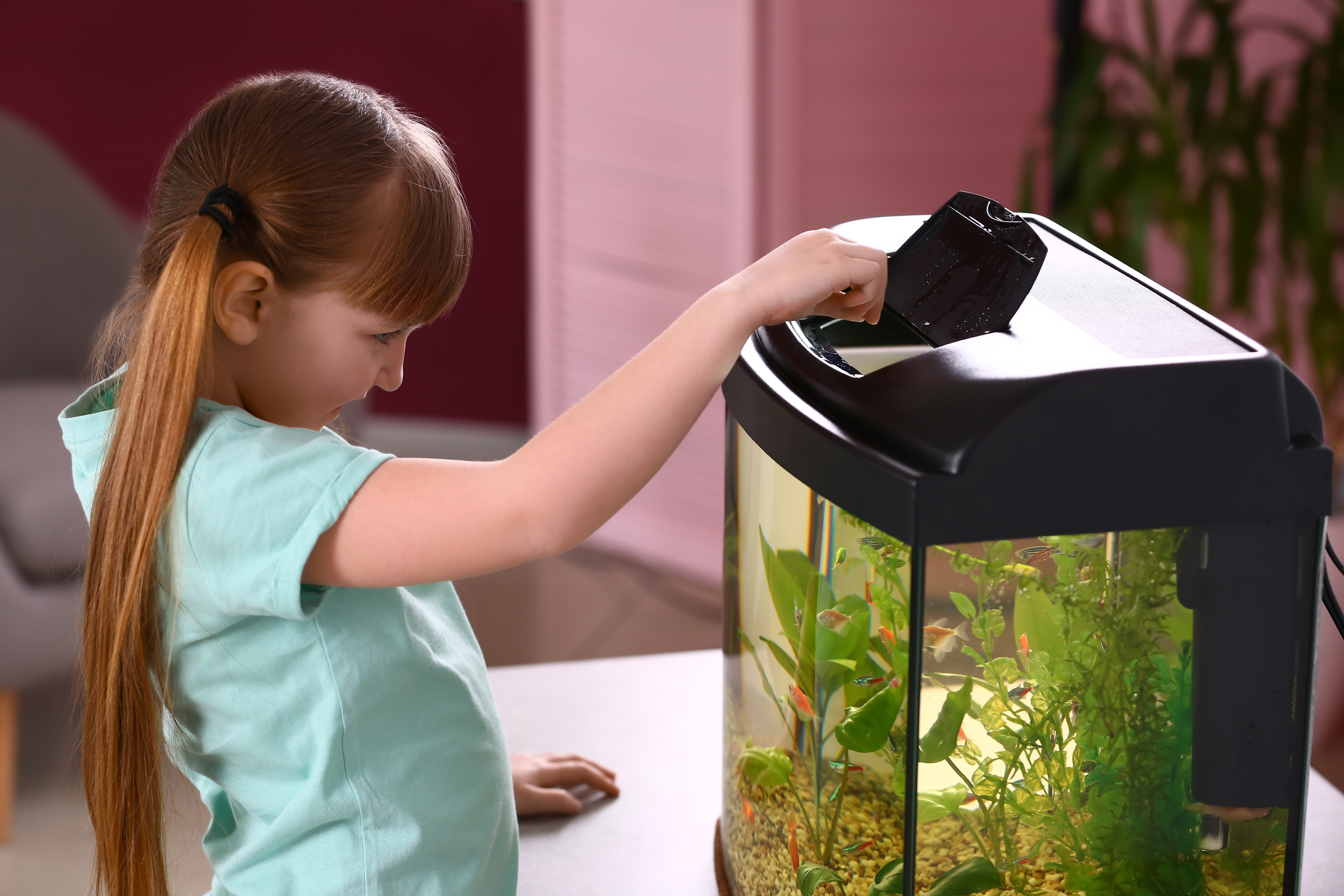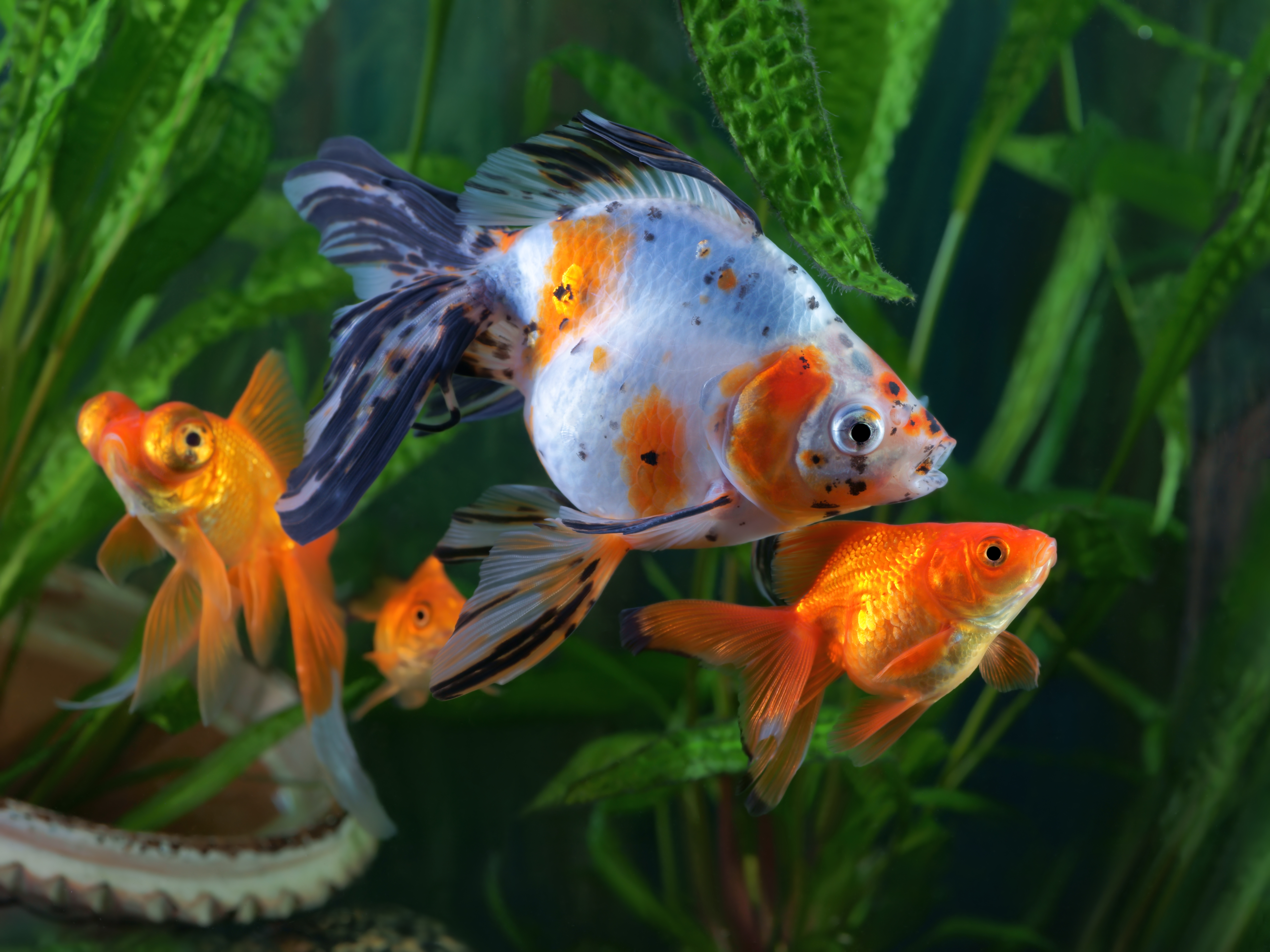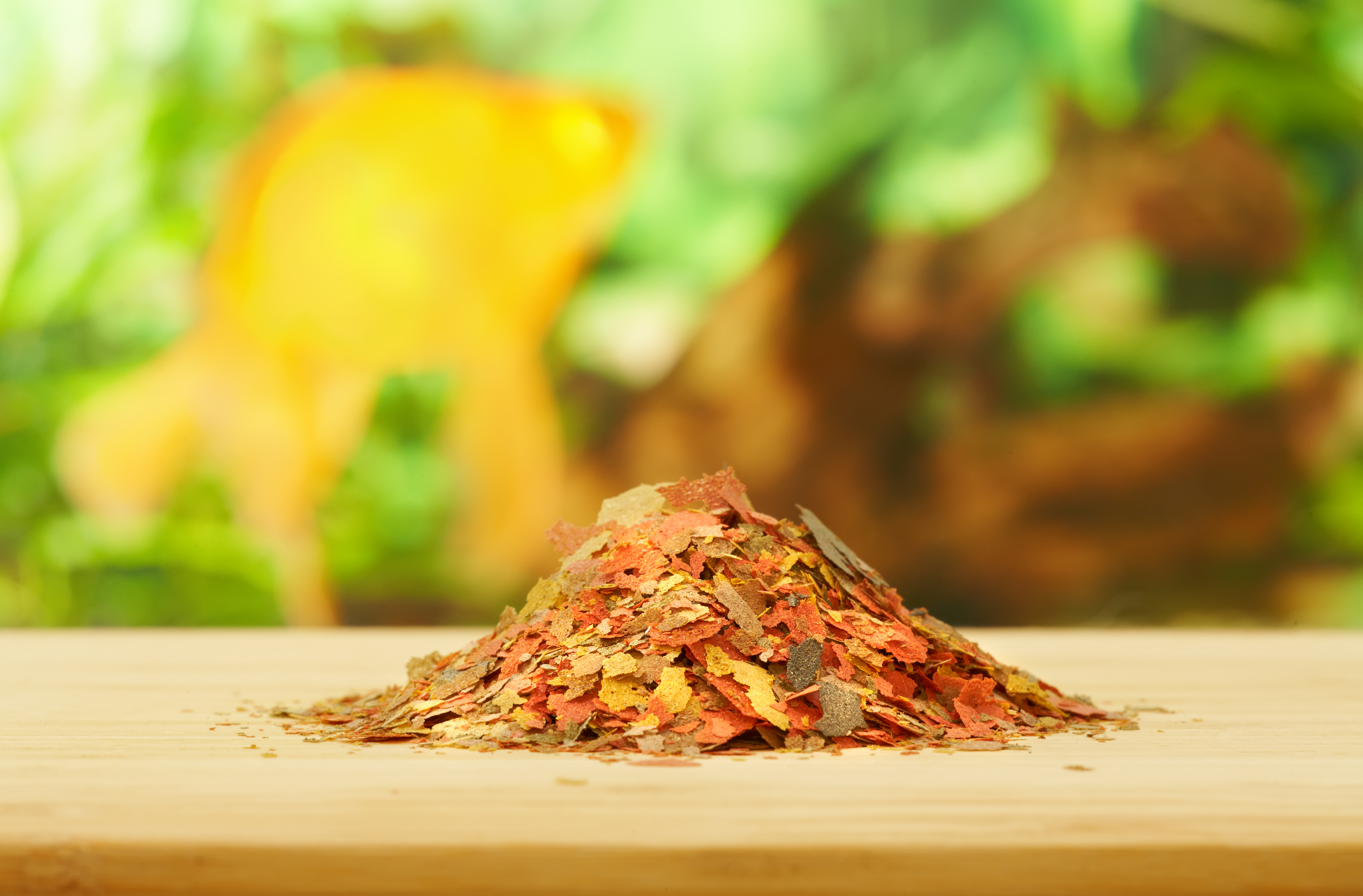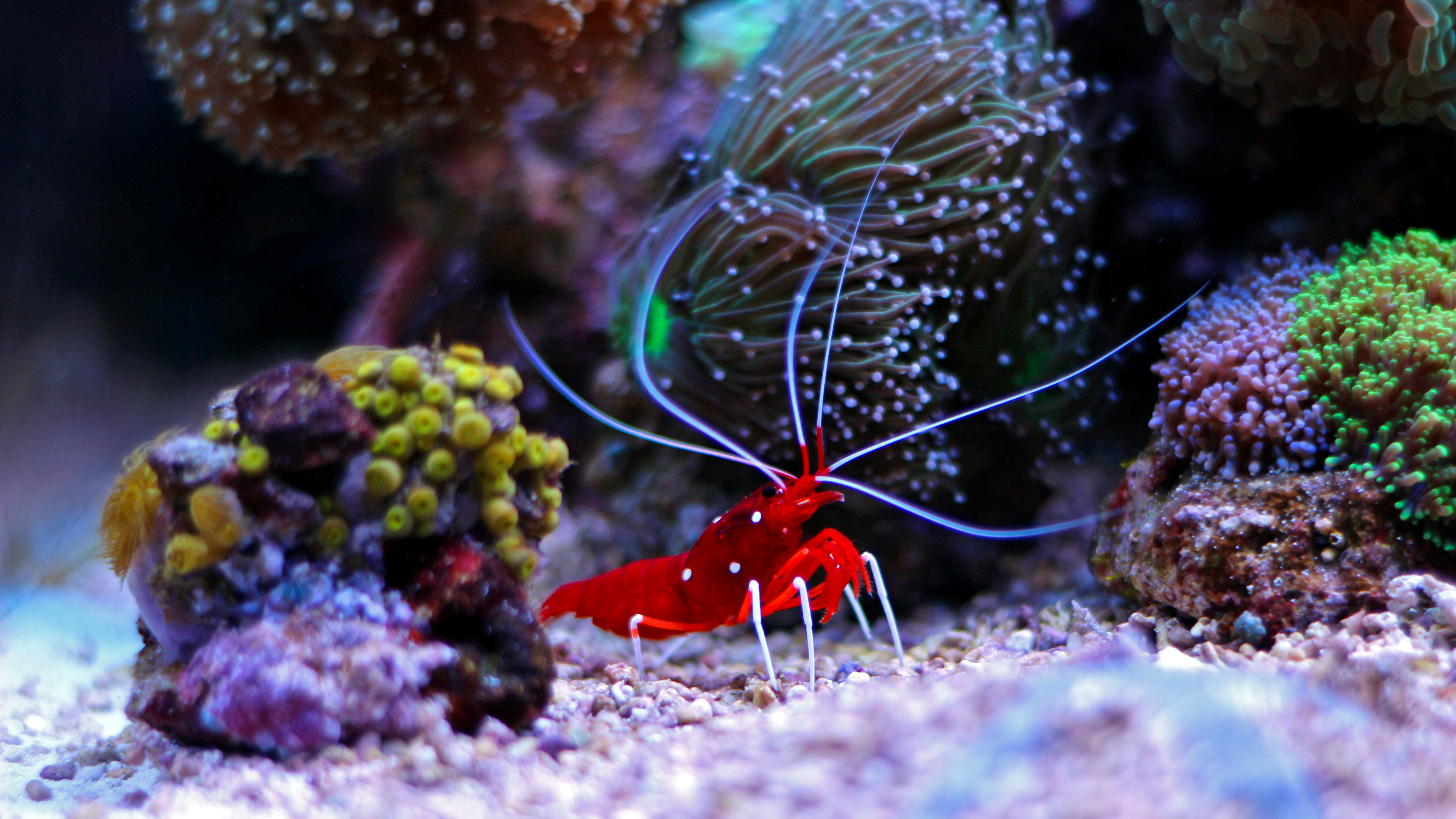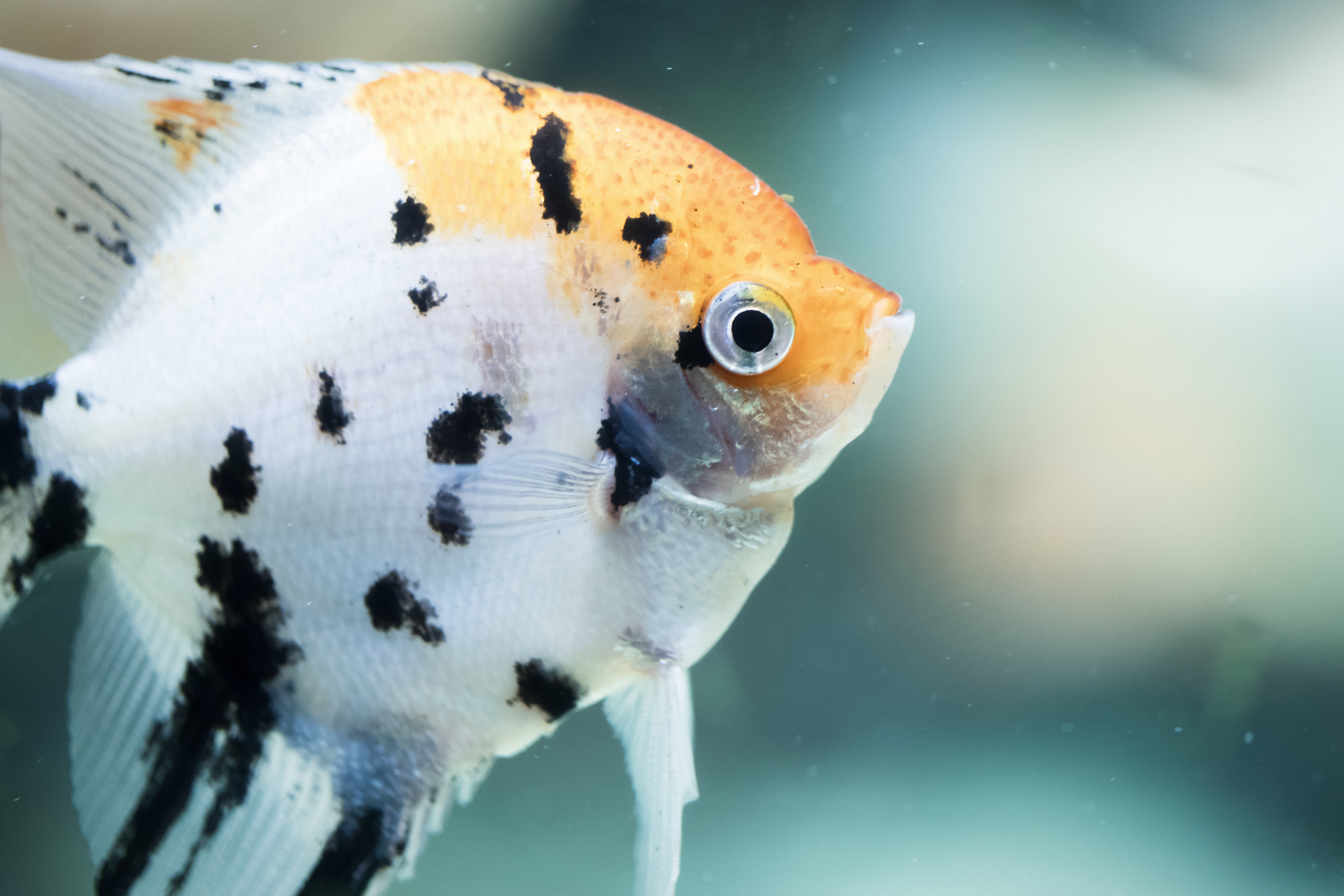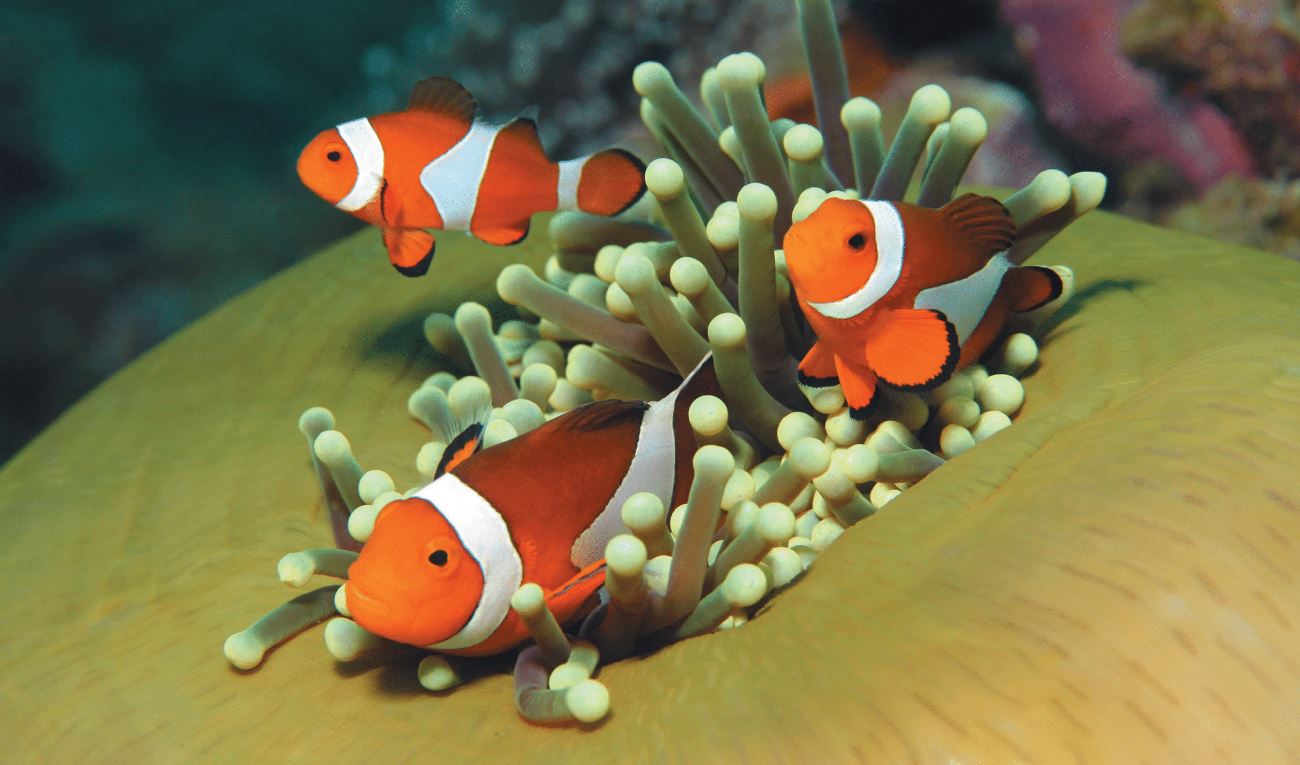Clean and Clear
Jason Kamery //June 18, 2013//
In a study done by the American Pet Products Associtation, 25 percent of people said one of the drawbacks of owning a fish was that it dies too easily and 52 percent of people answered by saying algae.
But, it doesn’t have to be this way.
Manufacturers have created a host of supplements and water treatment options to make a fish’s environment clean and clear, which could result in a longer lifespan.
When a customer comes in with a fish problem, the first step is to see what kind of water was used to fill the tank. If they are filling the tank with tap water, there is usually a presence of chlorine or ammonia, which can impact the quality of the tank.
According to the U.S. Environmental Protection Agency’s website, there are three different kinds of disinfectants in the water: Chloramine, chlorine and chlorine dioxide.
Chloramine is a water additive used to control microbes, particularly as a residual disinfectant in distribution system pipes. It is formed when ammonia is added to water containing free chlorine. There are four milligrams per liter or four parts per million of chloramines used.
Chlorine is used as a powerful oxidant that can disinfect and clean the water. There is also four milligrams per liter used in tap water.
Lastly, chlorine dioxide is a water additive used to control microbes and can be used to control tastes and odors. There is 0.8 milligrams per liter or 800 parts per billion used in tap water.
Chlorine naturally is a gas and will escape into the air, so water companies will add ammonia as well as chlorine which then create chloramines. A de-chlorinator is used only to neutralize the chlorine but not the ammonia. If ammonia is left untreated it is oxidized by bacteria to form nitrites.
A salt-water fish enthusiast has to take different steps for setting up a tank than a fresh-water enthusiast.
“Most of the salt water enthusiast that use tap water for their fish tank use reverse osmosis so they don’t have to use a de-chlorinator,” Julian Sprung, president of Two Little Fishies, said. “When using reverse osmosis people will want to add minerals back into the water. They will add calcium and magnesium to make it hard. Why would you want to do that, since it seems counter intuitive? You do the reverse osmosis to remove the chlorine and other compounds in the tank, and then if you want that hard water back, you can add those chemicals to the tank.”
When setting up a freshwater tank there are a wide range of supplements that are used to help maintain the water.
“Water conditioners that neutralize chlorine and chloramine will add a slime coat and have extracts of aloe,” Sprung said. “It will help fish with wound healing.”
In a freshwater system and a saltwater system there are certain levels of acceptable nitrate, nitrite and ammonia.
“In a freshwater system nitrate can be 20 ppm (parts per million) and ammonia and nitrite should be undetectable in fresh and salt water tanks,” Chris Brightwell, president of Brightwell Aquatics, said. “Fish can take up to 50 ppm nitrate but they will not be that healthy if that persists. 10 ppm is an ideal nitrate and a good number to try to aim for.”
Fish waste, uneaten food and decaying plant matter will also raise the ammonia levels in a tank. To help lower these levels and to help build up the biological filter, it is important to know about different water treatments.
There are simple ways to check the status of a tank according to United Pet Group Aquatics Senior Product Manager Tim Plafcan.
“The easiest and best selling way to check your aquarium is with test strips, like Tetra EasyStrips,” Plafcan said. “Simply dip the strip into your aquarium and within a minute you get results. The packaging outlines where the levels should be and features tips to make sure the chemistry is optimal.”
One of the most dangerous changes in an aquarium is pH crash and has no visible warning signs.
“This happens when the alkalinity/buffers drop to zero and your pH quickly drops to dangerous acidic levels which can seriously harm your fish,” Plafcan said. “Test strips for pH and alkalinity are very helpful in monitoring and can prevent loss. For visual signs, I always start with the fish and if their behavior changes. Increased respiration, lethargy or color changes can indicate problems that need further investigation.”
The Hagen Nutrafin cycle biological aquarium supplement will help reduce fish loss. It is safe for freshwater and saltwater aquariums and it helps eliminate harmful toxins. It has an ideal mixture of massive amounts of beneficial bacteria, nitrosomonas and nitrobacter which will make the water purer and the environment healthier in the aquariums. As an all natural product, it is not harmful to plants, animals or humans.
When a fish tank starts to form algae, Marineland has a product called Algae Eliminator that will combat green water and algae on the glass and décor. It’s safe for fish and plants and will not alter the pH.





